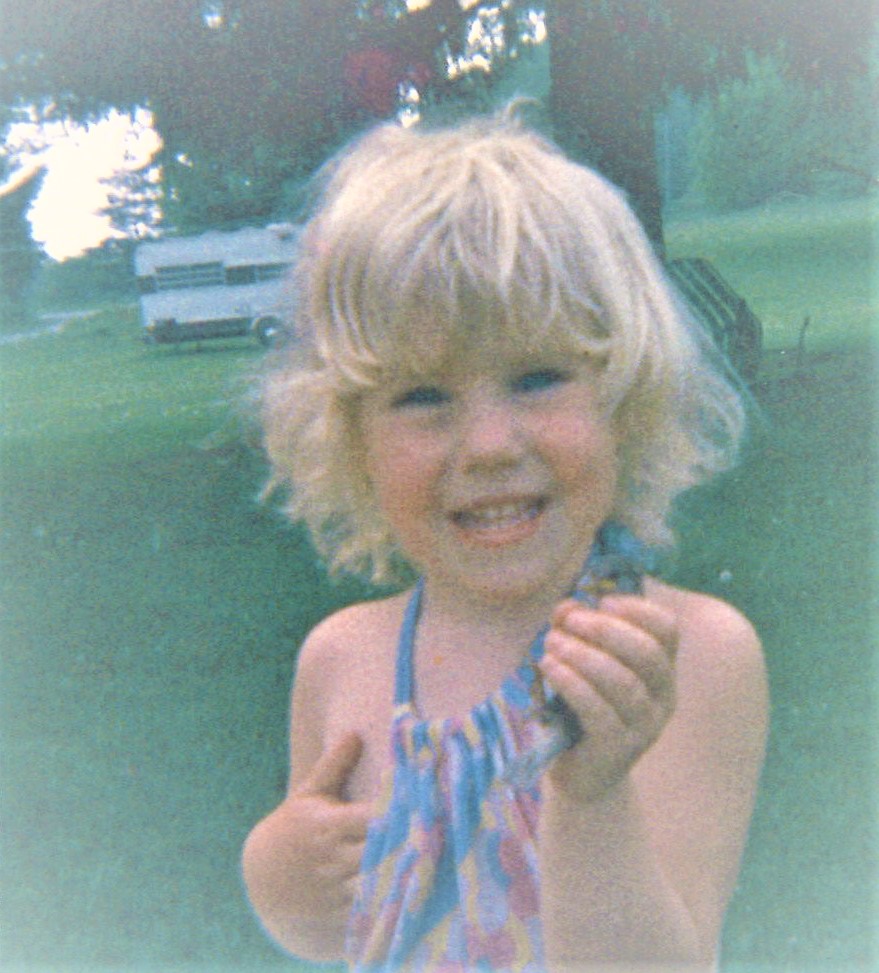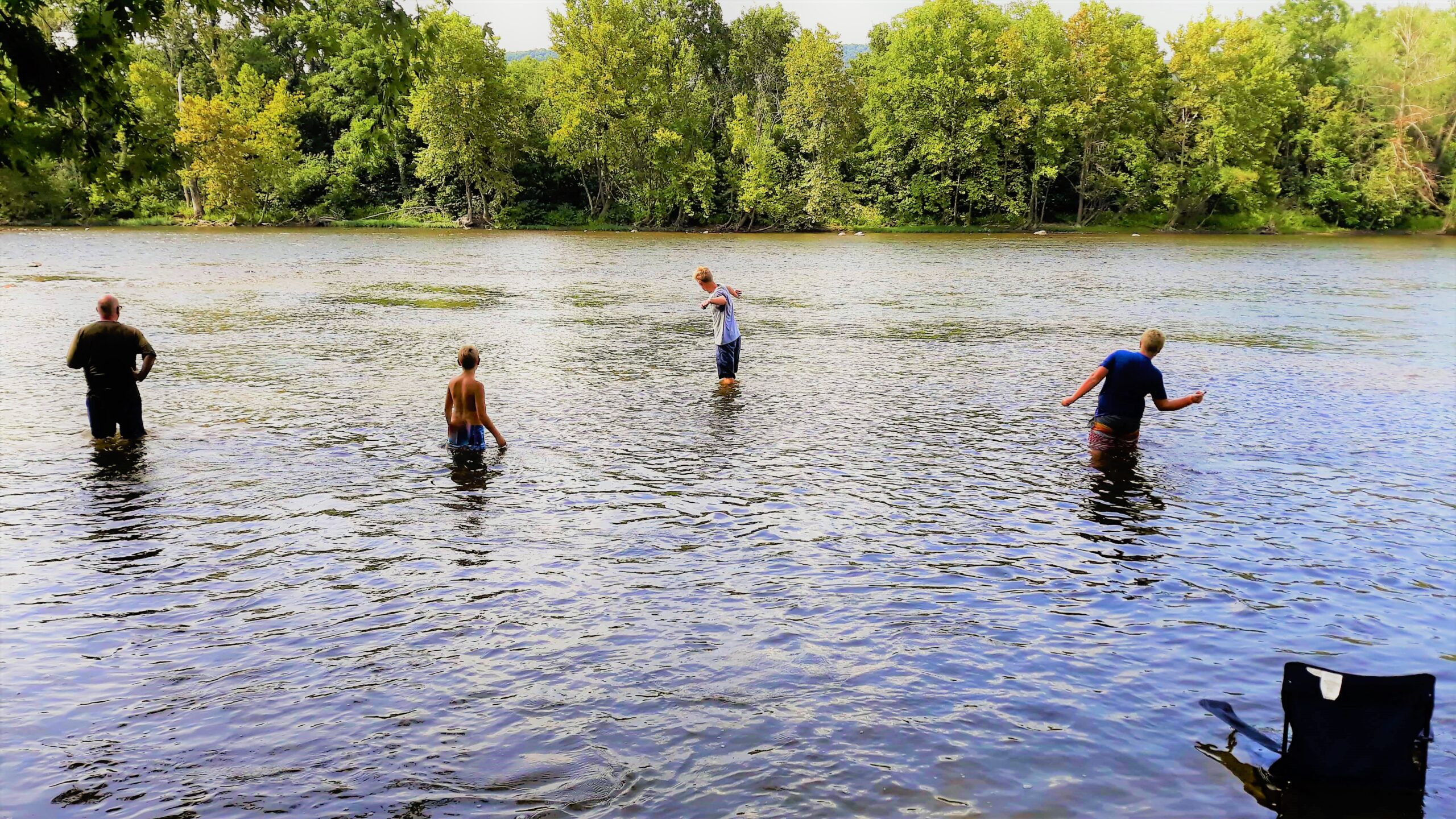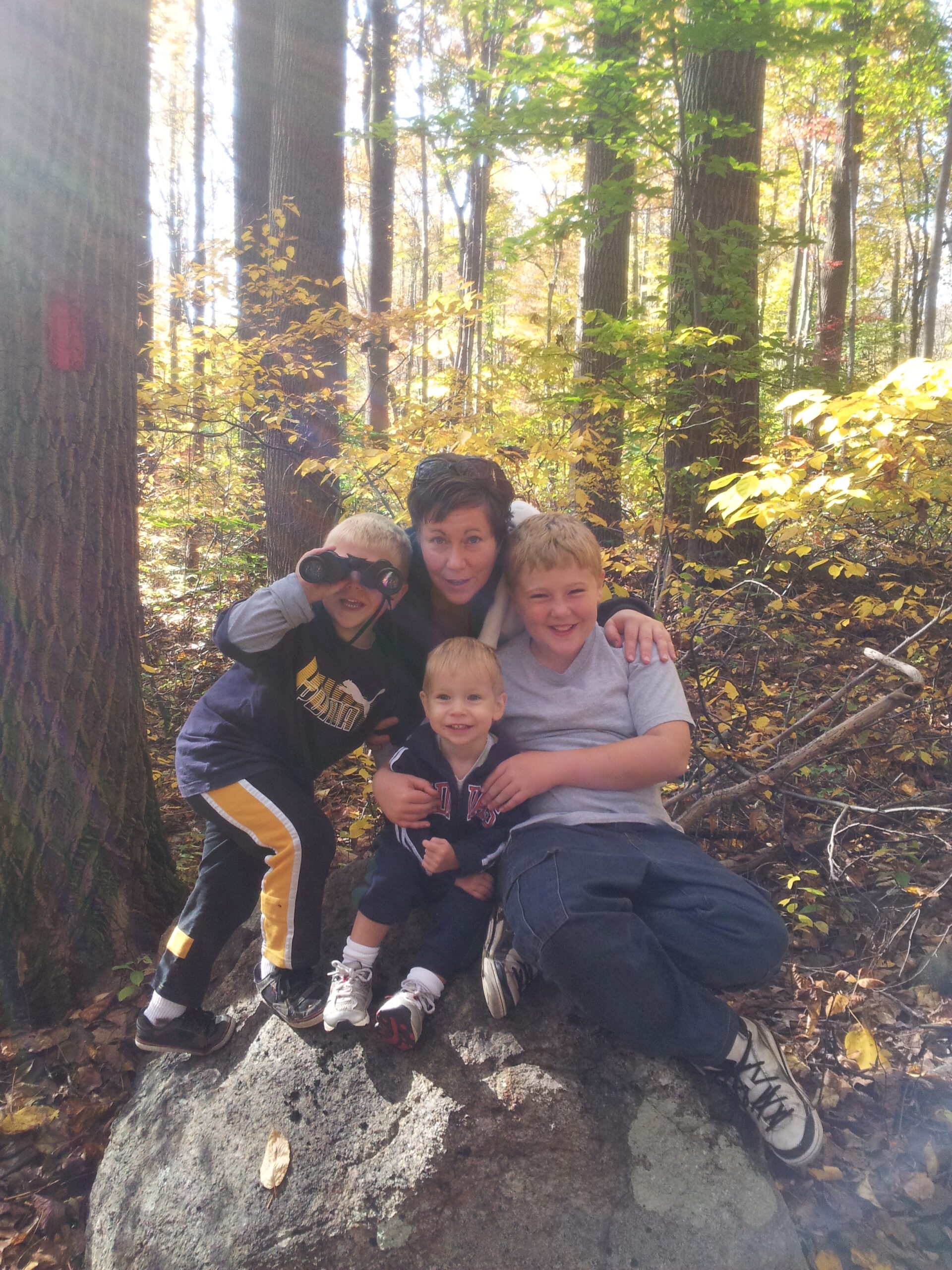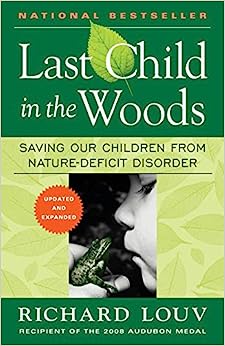By: Tami Shimp
I am an only child. While I was considered lucky by many childhood friends who had to share lives with numerous siblings, it was lonely at times living in a very rural area. I quickly learned how to occupy time by myself. Don’t get me wrong. My parents adored me. However, in the 70s and early 80s, it was not a parent’s job to entertain children. You were expected to find your own fun and keep yourself occupied and out of trouble. A small plot of woods near our home became my favorite place to be.
On any given day after school or on the weekend, you would find me in my fort in the woods. Well, fort may not be the best description. It was a complex network of logs, sticks and stones to mark the different “rooms and sitting areas.” No big walls, no roof, but it was my special place. A place to use my imagination. A place to decorate with broken pottery found in the nearby Galen Hall dump. A place to play with my Barbie dolls or the occasional box turtle or salamander that I would discover along the way. A place of peace and quiet and creativity. A few friends visited the fort during sleepovers, and I was proud to share it with them. I even accepted occasional room expansions and decorating ideas from friends, and we would negotiate on how to best improve the fort. No parents would tell us what to do. In fact, I am not sure any adult was ever an official visitor of the fort.
This type of freedom and play is missing from many childhood lives these days and it is concerning. The time I spent in my fort is my favorite childhood memory. I can still remember the details of the woods and can sense the freedom I was lucky to enjoy. Many children today miss that kind of experience. I wonder, “How does that affect their physical and mental wellbeing?”
When I graduated from Conrad Weiser High School, I didn’t even have to think about what my future education was going to be. I knew it had to relate to the environment. I continued my education at Penn State University with a degree in Environmental Resource Management. I have no doubt that those woods and my fort contributed to my passion for protecting nature and my 26-year career doing so at Berks Nature.
If children today aren’t sharing these similar experiences, who will be our future environmental leaders? Who will be passionate about protecting forests and streams if they have not spent time immersed in them? That is my somewhat selfish concern for the future leaders in our community.
My concern for society in general also relates to children spending time outdoors. Do you know that the average American child spends 1% of their time participating in unstructured outdoor play (Source: Richard Louv, Last Child in the Woods)? 1%. That is a sad statistic. Unstructured is key here. Time to explore, build, create, discover, and even fall down sometimes. Time without an adult telling you exactly what to do. Time to build your own character, use your imagination (even silly at times), practice bravery, and even learn patience and negotiation skills. Organized sports are good experiences too, but I am suggesting a balance of structured and unstructured play. Allowing downtime for the kids to explore and just be kids.



Even recess time at school has been reduced since I was a child. Only about 24% of children (ages 6-17) participate in 60 minutes of physical activity every day (Source: Center for Disease Control Healthy Schools Program). If they aren’t physically active in school, it is even more important for them to spend time outdoors after school and on the weekends.
I am a parent of three active wonderful boys. I get it. If you are a parent reading this you may think things like: you cannot trust society today and it isn’t safe to let your children roam; what if they get hurt and don’t know what to do; or best of all, they don’t have an interest in the outdoors because they only care about video games, You Tube and Tik Tok. My husband and I have faced all of these challenges and have still managed to encourage our children to spend time outside….in the woods…. without us (and often with us).
Let me share an incident that happened at our home: Our oldest son was about 14 and had several friends over one beautiful summer evening to hang out and play a semi-structured game of manhunt in our yard. Manhunt is basically a more complex version of hide and seek in the dark. A car driving by saw “suspicious” teenagers and called the police. Before we knew it, two police cars were in our driveway questioning the activity of the teens. Believe me, I am thankful for concerned citizens and glad they are watching out for us. However, I was saddened by this event because clearly it seemed unusual for the concerned citizen to see children playing outside that way. To me, that kind of sighting should be the norm.
At times, it is much easier to let children have screen time and spend time indoors. They are comfortable, occupied, and you have a quieter house. But is it the best solution for their wellbeing? Do we allow childhood to move indoors? I hope not! There are resources to help parents encourage more outdoor time for their children. A popular one is the Children and Nature Network. Noted author, Richard Louv, has published several books related to this topic including Last Child in the Woods. In my opinion, this is a must read for every parent or guardian. In fact, this book inspired many of Berks Nature’s actions and programs over the past ten years. It is a priority of Berks Nature to help connect children to nature. We do this through fun educational programs, through our Nature Preschool, Summer Eco-Camp, and by providing weekly activities at our nature center, The Nature Place.


If you are a parent, guardian or grandparent reading this think about your favorite memory in nature as a child. I am sure the reflection of this memory put a smile on your face. Now ask yourself if your children have the opportunity for the same experiences. If not, please utilize our plentiful natural resources in Berks County and take the necessary steps to allow your children unstructured free play outside. Or take the time to enjoy more time outside together. This could be as simple as a walk outside once a week, choosing to enjoy a meal outside, watching the stars one night, or going all-in with a hiking adventure or camping trip. Get involved with our great conservation organization, Berks Nature. Do it for the children, and for the benefit of the environment.
I will close with my favorite quote from Richard Louv: “If we are going to save environmentalism and the environment, we must also save an endangered indicator species: the child in nature.”
